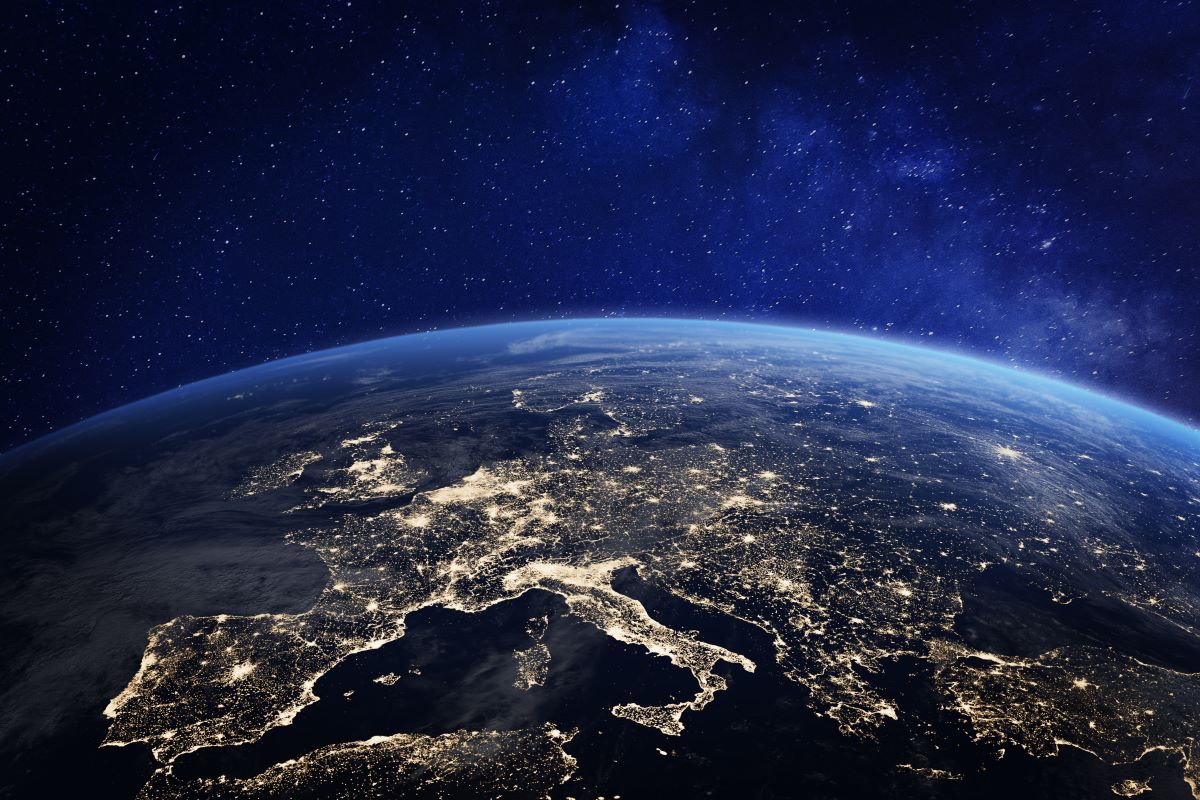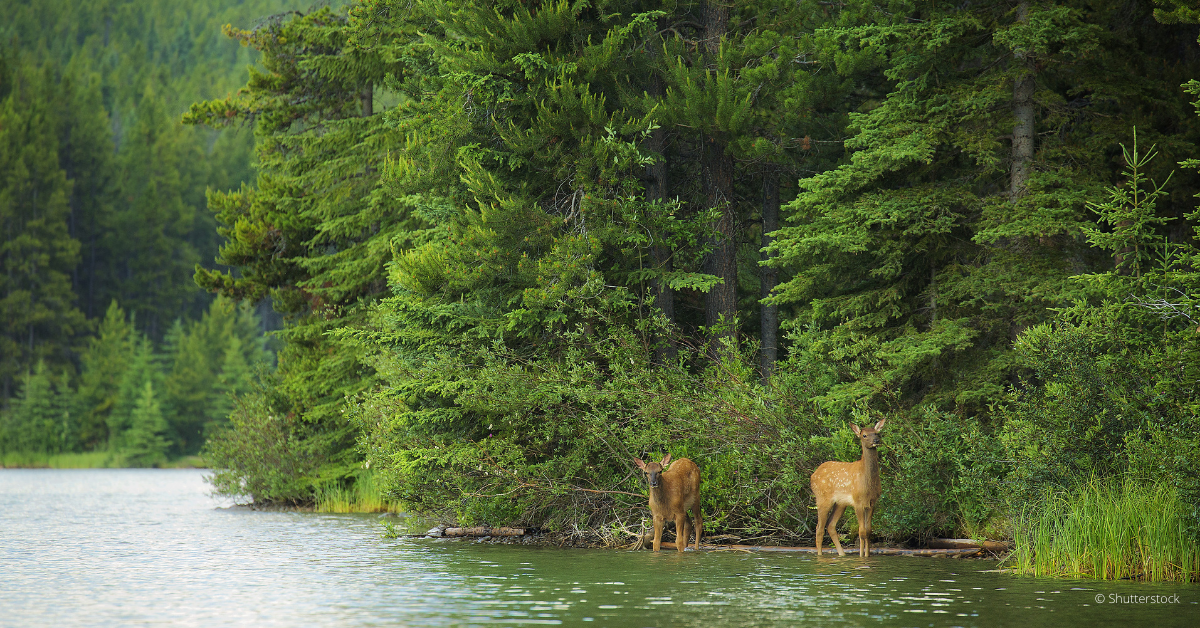No COP Out: Why we must escalate our fight against the climate and biodiversity crises
Earth Day 2020 was the global event’s 50th anniversary — a seemingly perfect opportunity to ramp up political pressure during what had been billed the “Super Year for Nature” due to a pair of pivotal UN environmental crisis mega-summits scheduled for later that fall.
But when April 22 came around, the world was in lockdown and the UN had postponed both the COP15 convention on biological diversity in Kunming, China (which was meant to hammer out a framework for the next decade of nature protection targets) and the Conference of the Parties to the UN climate change convention (COP26) in Glasgow, Scotland (where countries were to commit to increased carbon reduction targets to keep temperature rise below catastrophic levels).
One year later, the pandemic continues to upend almost all aspects of life. But as vaccines start to reach more and more arms every day, the COPs are back on the calendar and, well, nature needs that political pressure ramped up now more than ever.

Alongside 2020’s other assorted awfulness, NASA reported it was also tied for the hottest year on record, and our Living Planet Report Canada showed populations of at-risk species continuing to plummet. We remain in a critical moment.
The roots of Earth Day
The first Earth Day in 1970, it’s important to recall, was not a celebration. It was a demonstration. Twenty million American protestors filled the streets demanding environmental change. Fast forward to 2019, and the streets once again filled, this time across the planet, with millions of student climate strikers and supporters calling for bold climate action before it’s too late.
Admittedly, 2019 now feels almost as long ago as 1970, and COVID effectively killed the once-mounting protest momentum. But what the students were calling for — transformational policies to safeguard their future — matters even more. And we have until this fall to let our leaders know how much we still care.
Now, progress is being made. Too slowly, perhaps, but it’s not nothing.
The Government of Canada today announced a new, bolder carbon reduction target (known as NDCs) which will bring Canada’s emissions down to 40 to 45 per cent below 2005 levels as well as growing the price of carbon and protecting land and sea and trees as part of Canada’s climate action.
This comes on the heels of the 2021 budget tabled earlier this week. While there was some additional funding for climate mitigation and adaptation, including a 36 per cent reduction in greenhouse gas emissions, the budget focused much of its nature-centric spending on biodiversity loss, with a $4.1 billion commitment over five years. This includes targets to conserve over one million square kilometres of land and freshwater as well as more marine protected areas.

These efforts are part of Canada’s previously announced High Ambition Coalition for Nature and People commitment to protect 30 per cent of land and waters by 2030 to slow wildlife loss. Of course, big splashy targets can be meaningless unless these protections are in the right places. But protected areas, including Indigenous Protected and Conserved Areas, have the potential to create space for Canada’s at-risk species to thrive and recover as well as absorbing and storing carbon from the atmosphere, and reinforcing Indigenous rights to steward their traditional territories.
U.S President Biden’s first political act was to rejoin the Paris Agreement climate treaty and, today, he’s hosting the Leader’s Summit on Climate to bring together 40 world leaders, including Prime Minister Justin Trudeau. Environmentalists and businesses have been urging Biden to set a new U.S. emissions reduction target of at least 50 per cent by 2030, doubling that country’s previous commitment.
Ambition and acceleration
So, things are moving in the right direction, and that is something to celebrate. But they’re not moving quickly enough, and that’s why we must continue to demonstrate in the lead up to these crucial biodiversity and climate conference negotiations.
Call and write your municipal, provincial and federal representatives. Post your concerns and asks on social. Email businesses, sign petitions, read reports, pen letters to the editor, shrink your carbon footprint, grow native plants, and just talk to your friends and family about the dual climate and biodiversity crises — and how we can reduce and reverse them if we work together and demand ambitious systemic change.
Just because we still can’t gather in the streets, doesn’t mean our voices still can’t be heard. But time is running out.

